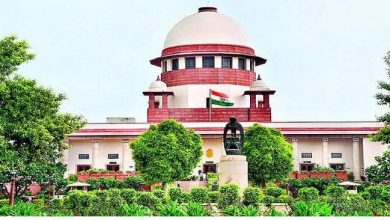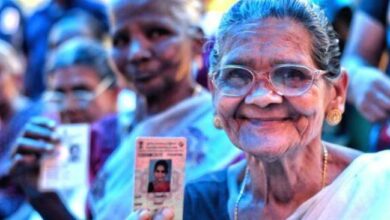The State of Fashion Models in Pandemic

A new survey reveals the financial concerns weighing on out-of-work models. Models of colour are feeling especially vulnerable.
By February, she was walking in New York Fashion Week. By March, the world had changed.
“I felt like I just got here, and then coronavirus happened,” said Ms Harvey, 34.

Ms Harvey was one of 212 working models who participated in a survey organized and released by Model Alliance, a labour rights nonprofit. The results of that survey, analyzed by the Worker Institute at Cornell University, detail how the coronavirus has affected the modelling industry.
Models have long faced unpredictable working conditions. Typically classified as independent contractors, they miss out on the benefits and legal protections of full-fledged employees. But like millions of people — and the rest of the fashion industry — models are feeling even more financially vulnerable these days.
About half of the models surveyed said they were currently owed money by their clients or agencies. (Or both, for about a third of models.) Two-thirds said they were concerned about being able to pay for housing; one-fifth said they did not have health insurance.
Among white models — the majority of survey participants — 86 per cent said they could afford basic necessities, compared with 60 per cent of black models.
When asked how confident they felt in pushing for coronavirus-related precautions while working, 43 per cent of white models said they felt very confident or extremely confident in asking, compared with 22 per cent of black models.
It is really hard to talk about race as a woman of colour in this industry because you’re always met with some pushback,” Ms Harvey said. “You feel like you’ll be seen as the ‘angry black woman.’”
“I did feel that sense of: Should I wear a mask? Should I wear gloves?” she said. “Do I feel safe? Do I not feel safe?”
Ms Harvey plans to return to Toronto soon. She’ll come back to the United States when there’s work again, she said, but it won’t be easy.
“Especially in New York, it can take six months to build yourself up and get clients,” she said. “Going home and coming back, I’ll be starting all over again.”
Her second job won’t supplement her income, either. When not modelling, she’s a freelance makeup artist, a profession susceptible to similar problems.
What we’ve captured in this report probably applies to a lot of other creatives as well,” said Sara Ziff, the founding director of Model Alliance. “Concerns about getting paid money owed are going to escalate — that’s just my own hunch.”
Along with the survey, Model Alliance has published an open letter to modelling agencies concerning a “lack of information, resources and support” being provided to models.
In recent weeks, the organization has been assisting people in filing unemployment insurance claims, an issue it began researching after hearing questions from models about their eligibility. (Model Alliance is encouraging New Yorkers to file their claims as employees of their agencies, rather than as independent contractors, citing the inclusion of “professional model” within the state’s legal definition of employment.)
One model said she applied more than a month ago but hasn’t yet heard back from the labour department.






